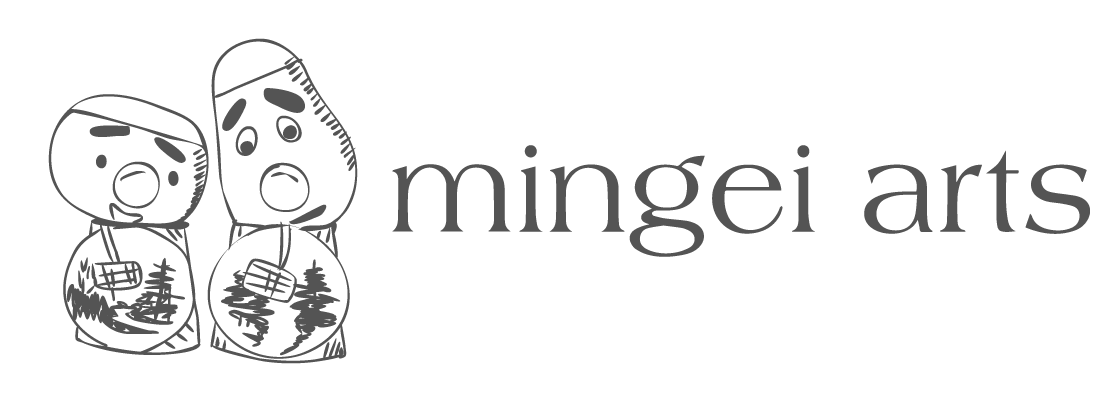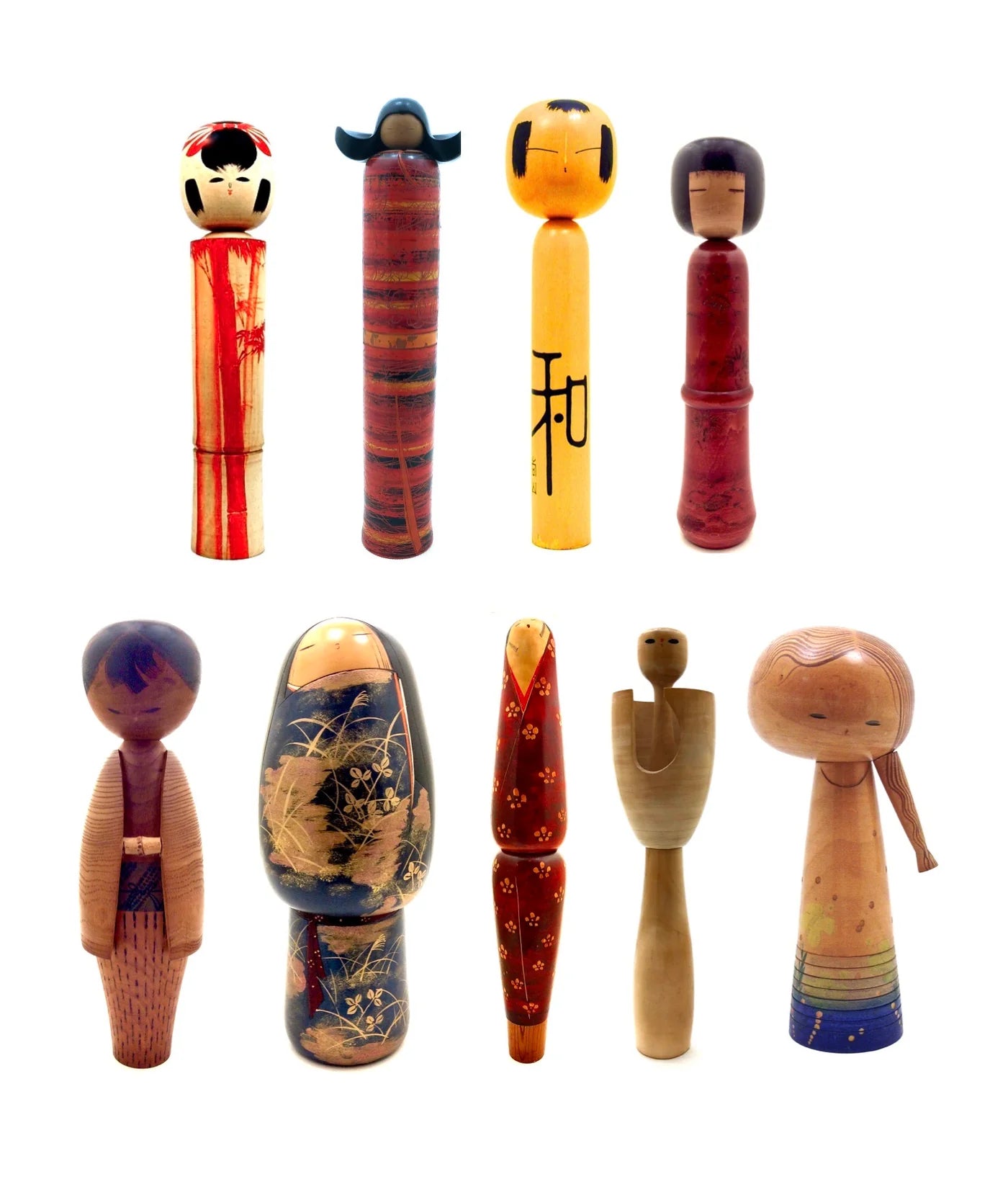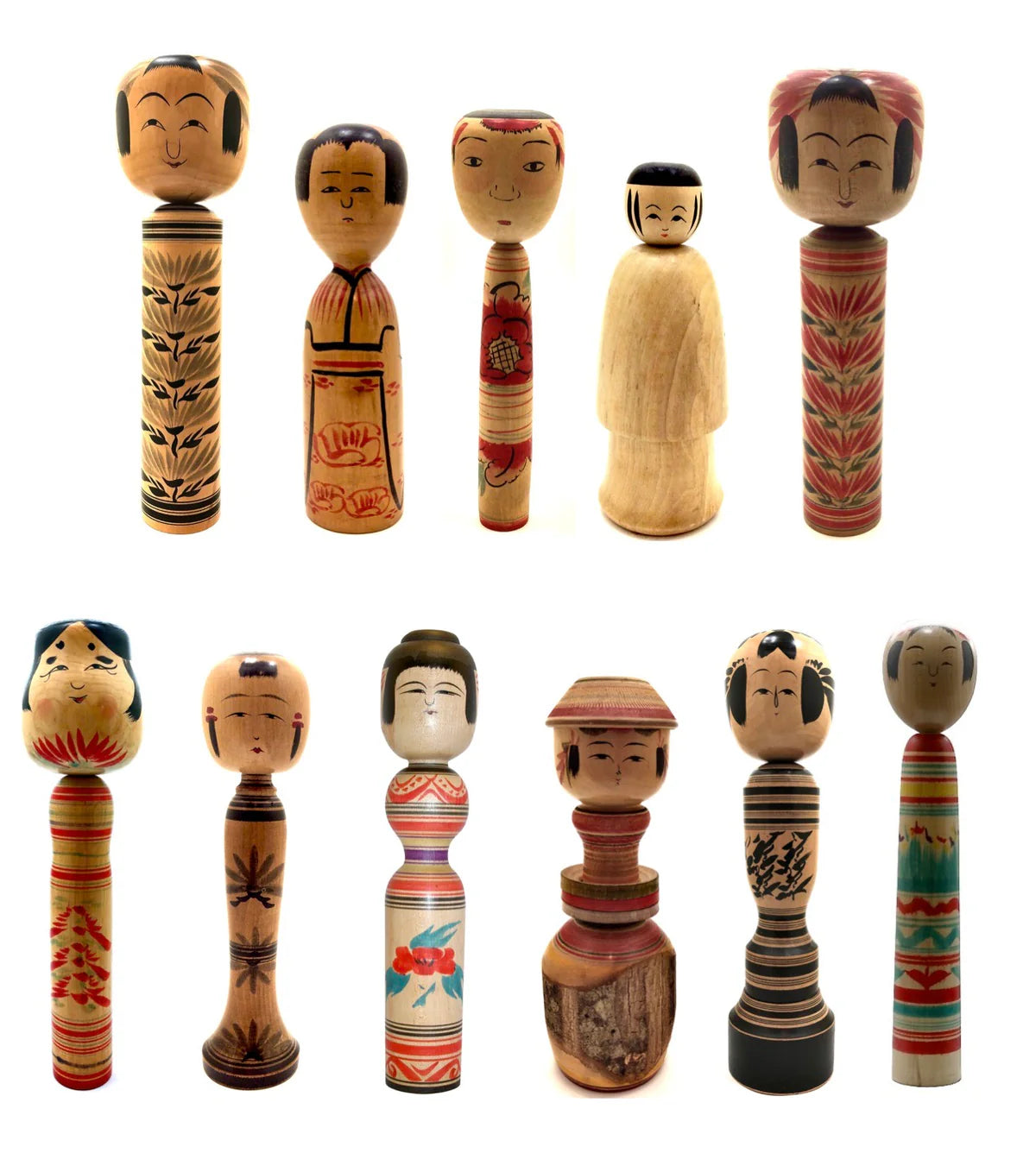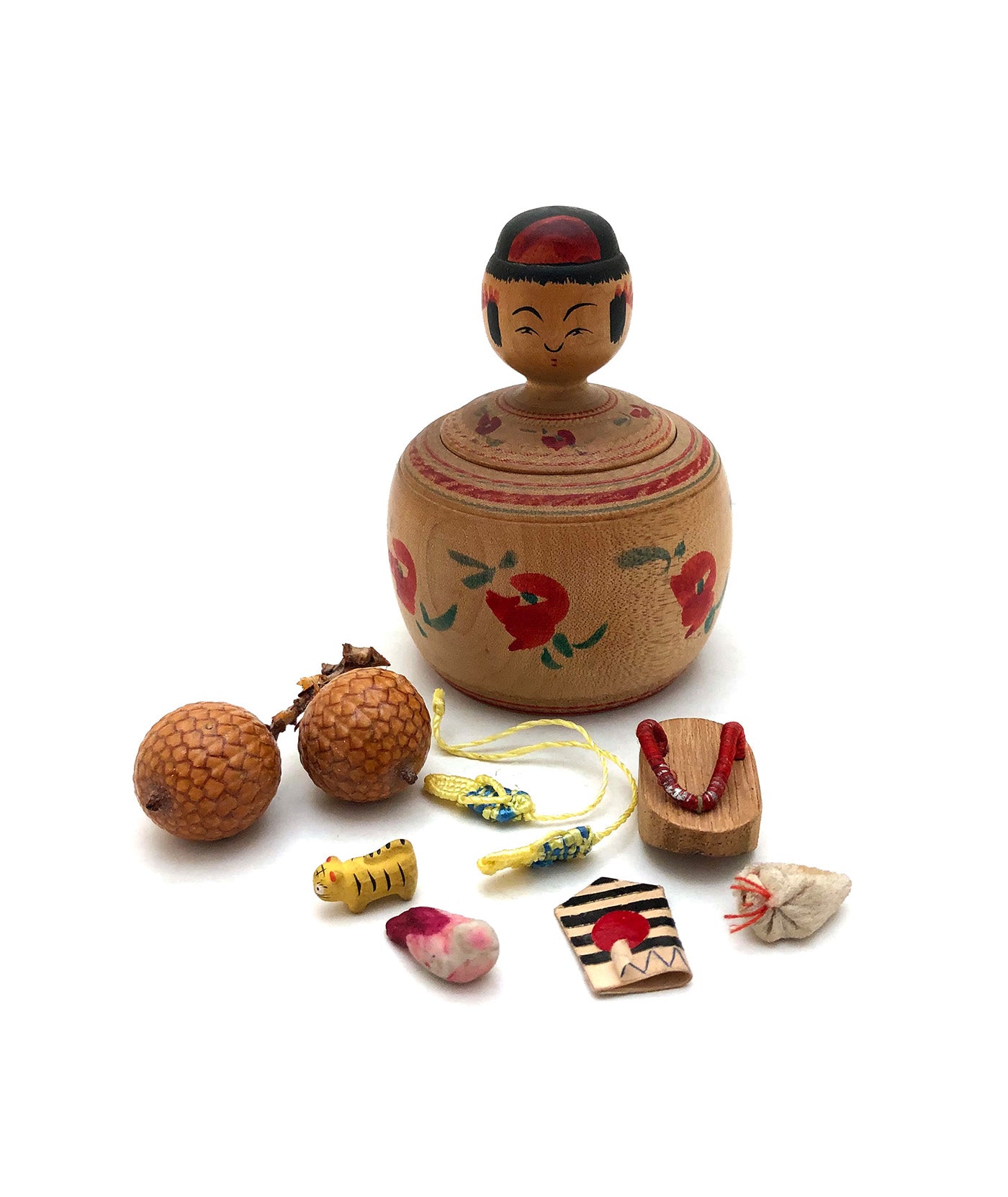Woven textiles produced in the Nishijin area of Kyoto are known as Nishijin-ori, or Nishijin textiles. They typically feature brilliantly dyed silk interwoven with lavish gold and silver threads...
Shigaraki ware is one of Japan’s Six Ancient Kilns. Together with Bizen, Tamba, Echizen, Seto, and Tokoname, it is considered to be one of the most outstanding Japanese kilns with traditions tha...
Designated a traditional craft by the government of Japan, Wajima lacquerware is produced in the area around Ishikawa Prefecture’s Wajima City. Its glamorous, graceful, and sophisticated product...
Metalworking (Sakai Forged Blades)
In the Edo period, (1615-1868), new forms of metalwork were made, including kitchen utensils and knives. Sakai craftsmen began applying their blade expertise to cooking knives, creating sharp bl...
Kyo Sashimono is a kind of wood joinery produced in the Prefecture of Kyoto. Sashimono is a collective name for furniture and furnishings assembled with wood joints that originate from the proce...
Papermaking (Echizen Paper) Echizen
Echizen paper is known as the highest quality Japanese paper, manufactured in Reihoku province of Fukui Prefecture. Echizen paper has adopted new methods such as adding fibers into the paper, dr...
Brushes and Sumi Ink (Nara Writing Utensils)
Brushes of Nagaho were introduced by the priest Kukai, who learned the methods to make them in China. The offspring of Kiyokawa engaged in brush making in Imai, but later the center of brush mak...
Kyo-Yuzen is a dyeing-technique that originated in the middle of the Edo period, towards the end of the 17th century. The dye is directly applied to the fabric and the designs often depict animal...






